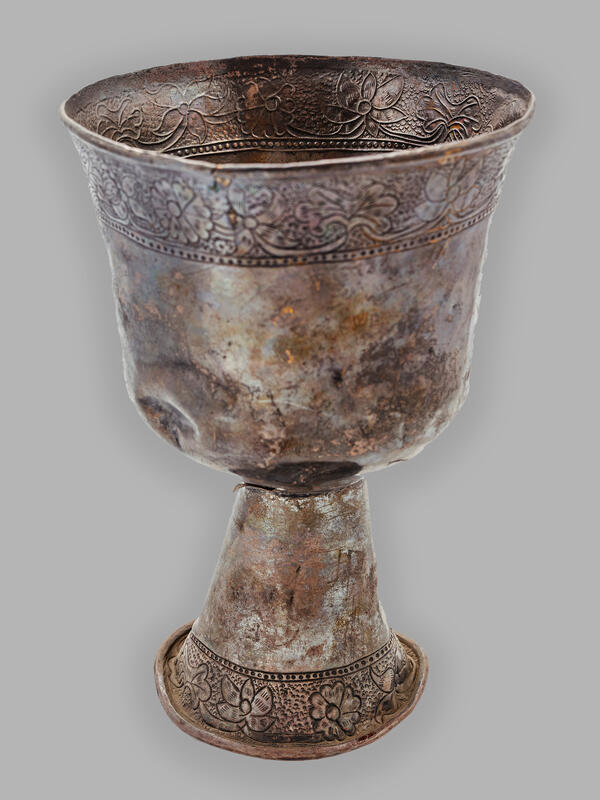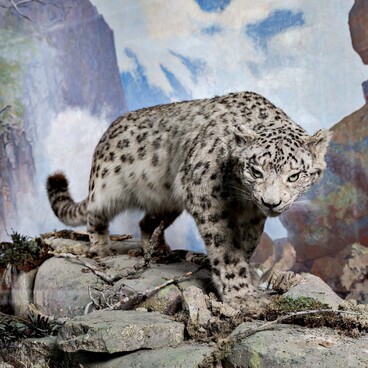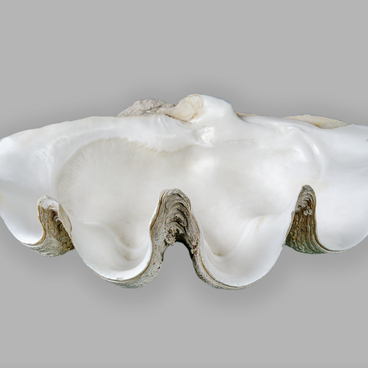The Paraskeva Pyatnitsa Chapel is a landmark and a symbol of modern Krasnoyarsk. It stands on the top of Karaulnaya, or Chasovennaya Hill. Earlier in its place there was a watchtower of the Russian ostrog Krasny Yar. The ostrog was founded as a fortress on the Yenisey, and later grew to become the city of Krasnoyarsk. There is a unique burial ground dating back to the Middle Ages on Karaulnaya Hill.
In the summer of 1927, during construction work near the chapel, two wooden boxes covered with red paint and silver saddle plates were discovered in the ground. The Leningrad archaeologist Sergey Teploukhov and the staff of the Krasnoyarsk Museum of Local Lore (then the Museum of the Priyeniseiskiy Krai) thoroughly studied the findings — they turned out to be valuable burials dating back at least 600 years.
The remains of a man and a woman of noble origin were found in the graves: a lot of jewelry was placed with the deceased. The remains of decayed clothes made of expensive Chinese silk, as well as silver earrings, a bucket and a cup were found in the woman’s grave. The cup is exhibited in the museum. The silver was darkened through time, but it preserved the rich floral patterns on all the items. The silver plates on the arches and the saddle flaps were decorated with a particularly beautiful design.
The man’s grave contained bone bow plates decorated with concentric circles, as well as silver-plated iron stirrups and bridles. The test showed that the man was a Yenisey Kyrgyz and the woman belonged to another ethnic group, possibly Mongolian or Buryat.
The burial took place in the period from the
mid-13th century to the early 14th century. This was the time when the Yenisey
Kyrgyz Khaganate was declining under the blows of Genghis Khan’s hordes and
gradually split into separate principalities. On the territory of modern
Krasnoyarsk there was the princedom called Ezersky (or Isarsky) ulus. The man
and the woman probably belonged to a noble family and probably fled to the
northern territories in the area of modern Krasnoyarsk, not wishing to obey the
Mongol invaders.



